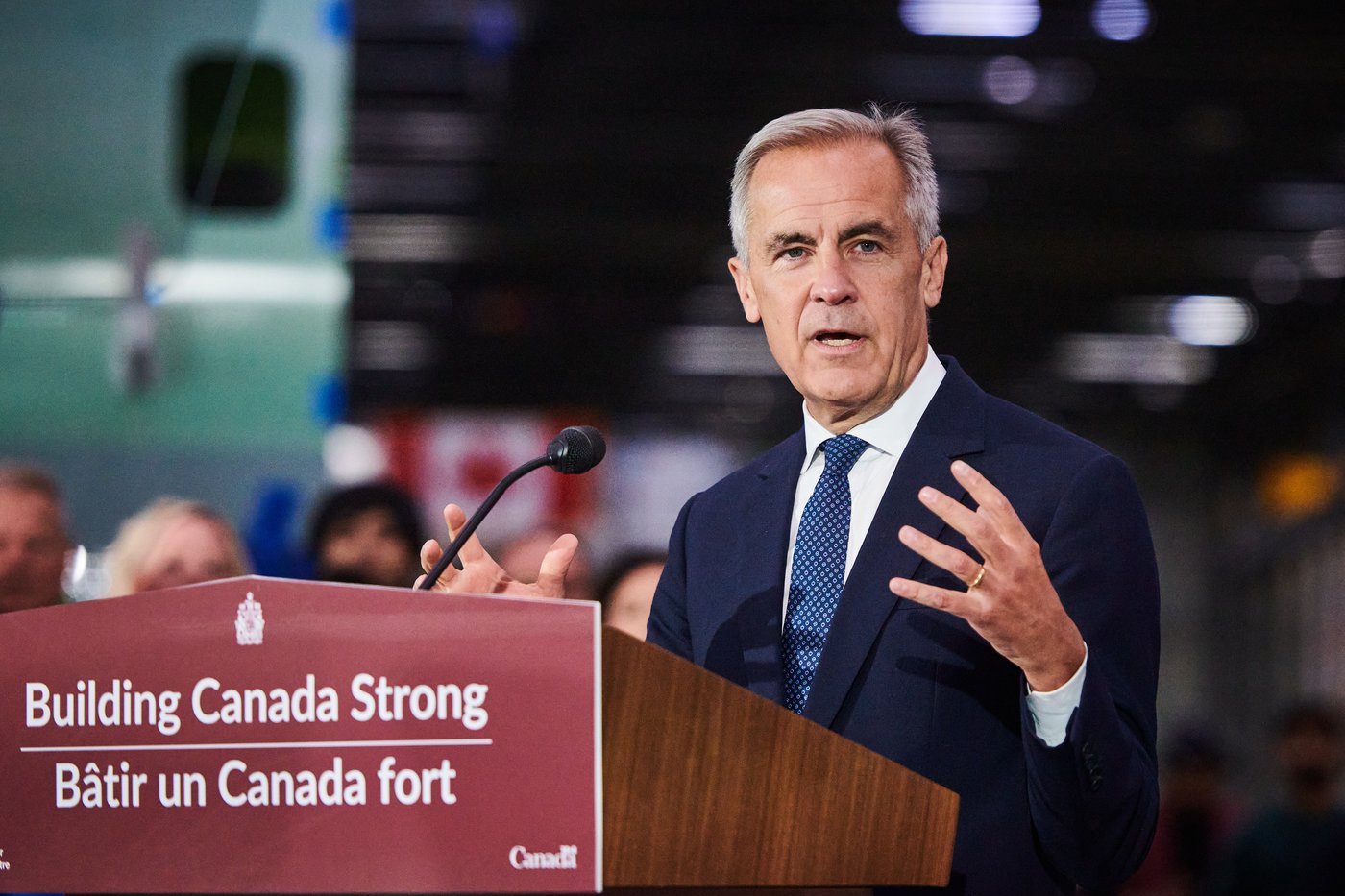Lower daycare fees are a game-changer. But federal plan to expand spaces still faces roadblocks, say experts

Canada’s affordable child care plan has been a game-changer for many Canadian families, with child care fees halved or plummeting to $10 a day in recent years. The federal government’s commitment to build a Canada-Wide Early Learning and Child Care (CWELCC) system in its 2021 budget was followed by agreements with each province and territory, with the goal of investing up to $30 billion over five years and $9.2 billion annually thereafter. The aim is to bring fees down to an average of $10 a day by 2026 and expand the number of child-care spaces by 250,000 new spots by March 2026.
While the plan has been successful in making child care more affordable, there have been challenges along the way. One major obstacle is retaining and recruiting staff. Despite efforts to lower fees for families, there is still a lack of decent working pay for many early childhood educators and child-care workers. To meet the goal of 250,000 new daycare spaces by 2026, provinces and territories must address the workforce crisis by offering higher wages, implementing a wage grid, and providing strong benefit and pension plans to make the sector a more sustainable career choice.
Another challenge is building new child care centres. Non-profit and public daycare providers struggle with planning and financing major capital projects, especially in small and remote communities where parent boards are responsible for running child-care programs. Collaboration between schools, municipalities, and Indigenous governing bodies has proven successful in some regions, with initiatives like Manitoba’s Ready to Move program leading to the construction of standardized, pre-fabricated daycare facilities in rural and First Nation communities.
Funding administration has also posed difficulties for daycare operators, particularly in Ontario. Changes to the funding formula and delays in funds flowing through have forced some operators to close. Lack of detailed information and communication from the government has led to confusion and scrambling among operators, who are struggling to reconcile the new funding with their existing budgets.
Despite these challenges, the push to expand Canada’s affordable child care plan is ongoing. Child care experts emphasize the importance of addressing workforce issues, building new centres, and improving funding administration to ensure the success and sustainability of the CWELCC system. With continued collaboration and support from all levels of government, Canada’s child care plan has the potential to transform the lives of Canadian families for years to come.



